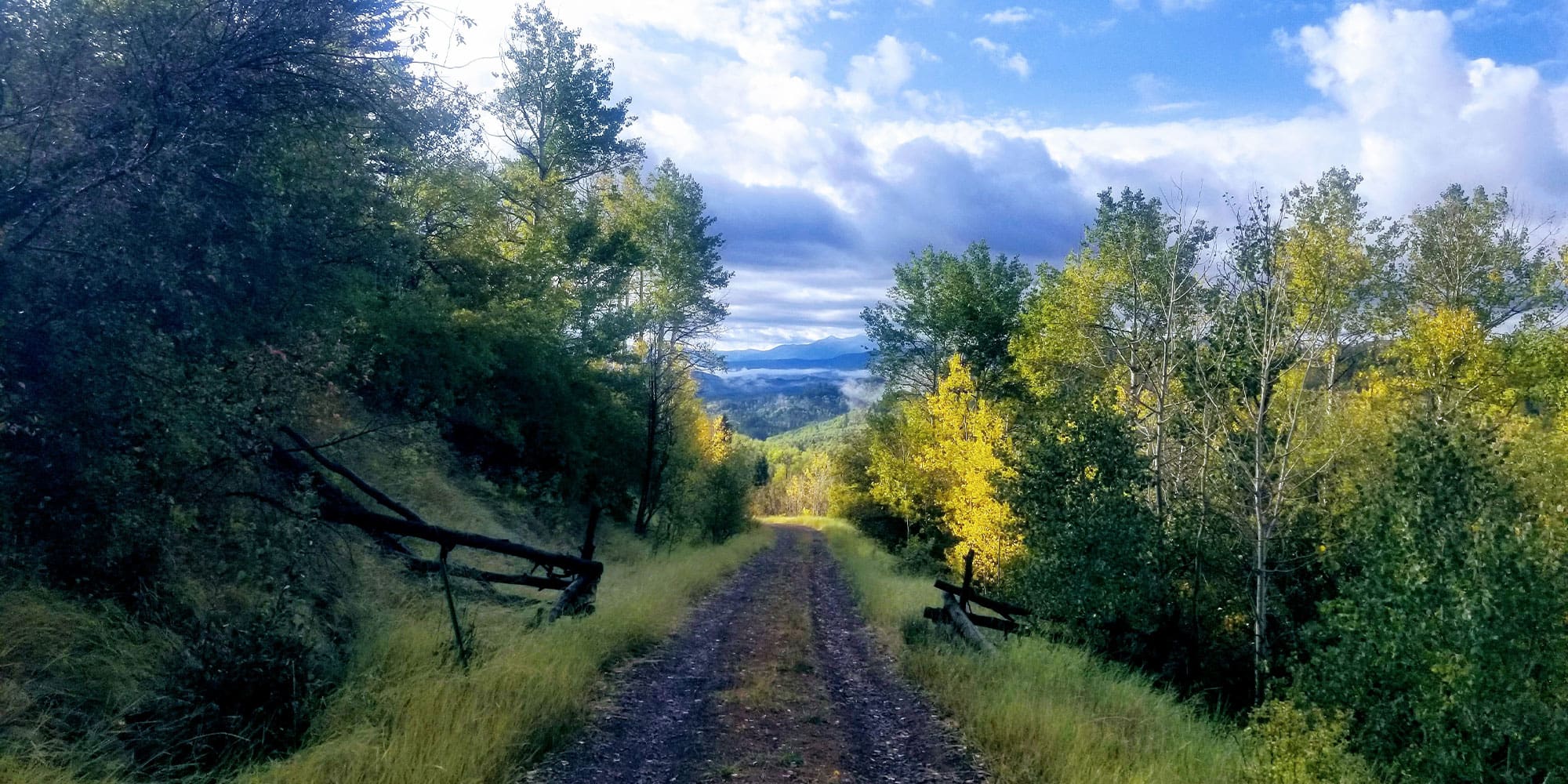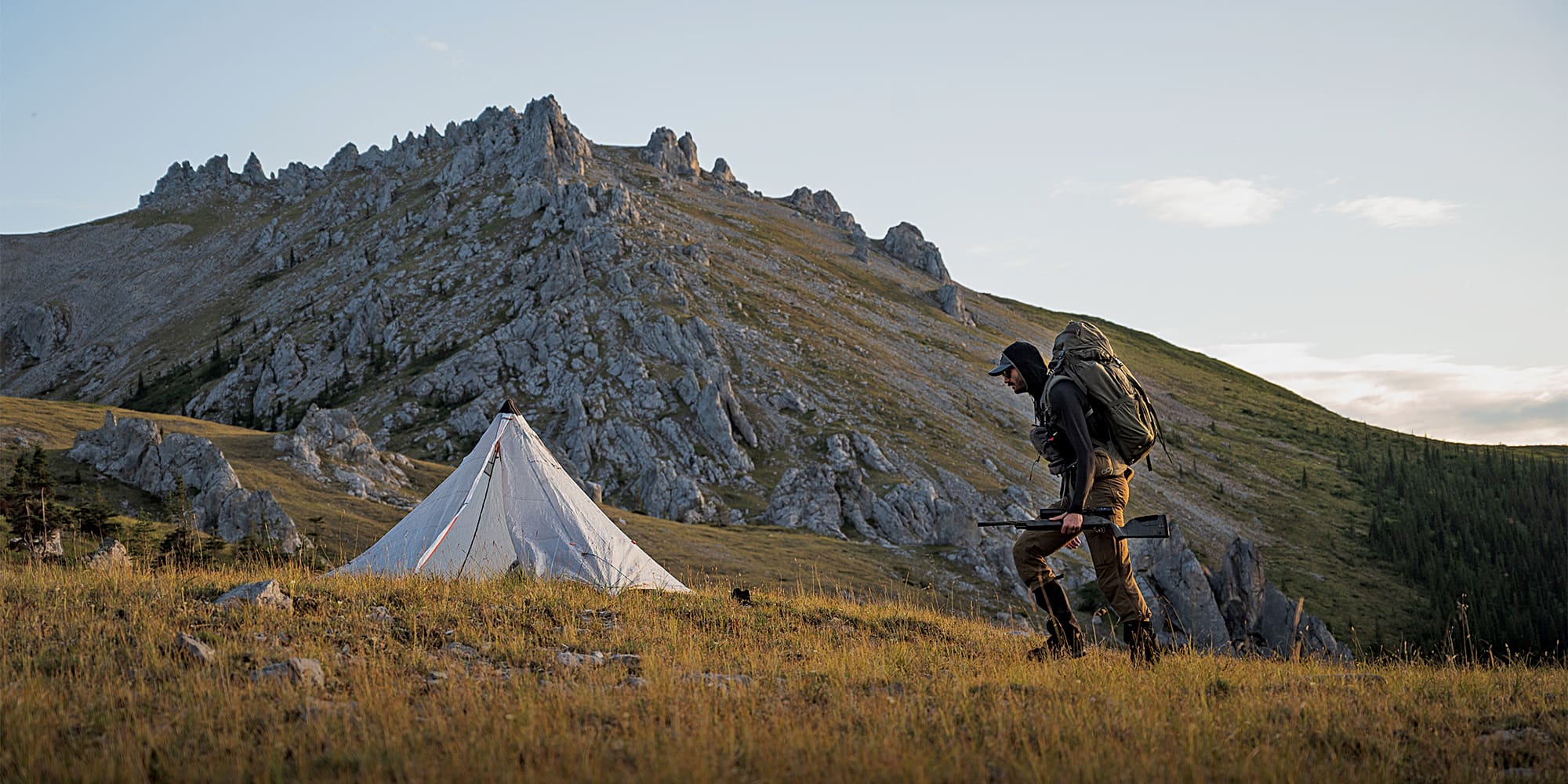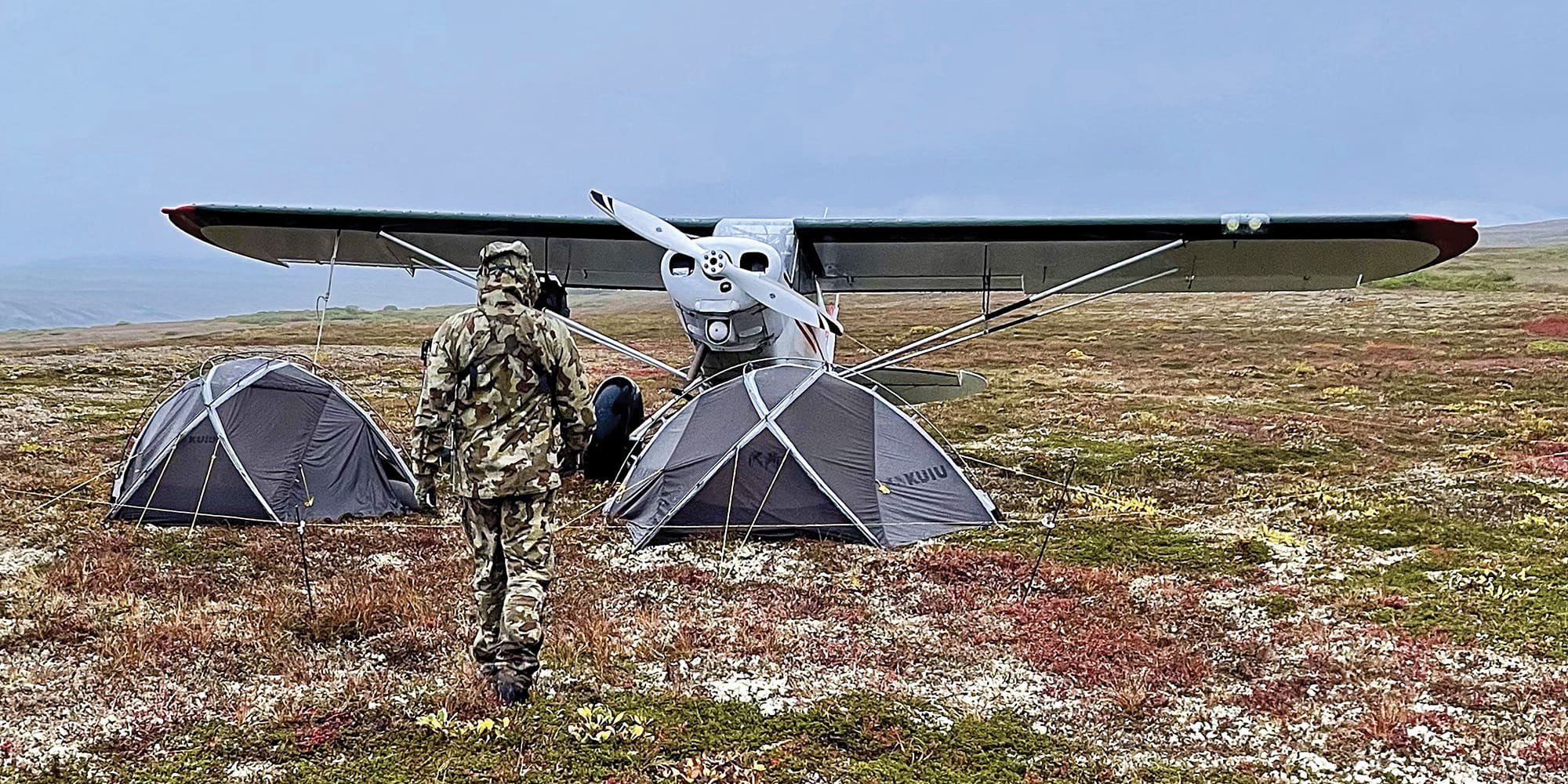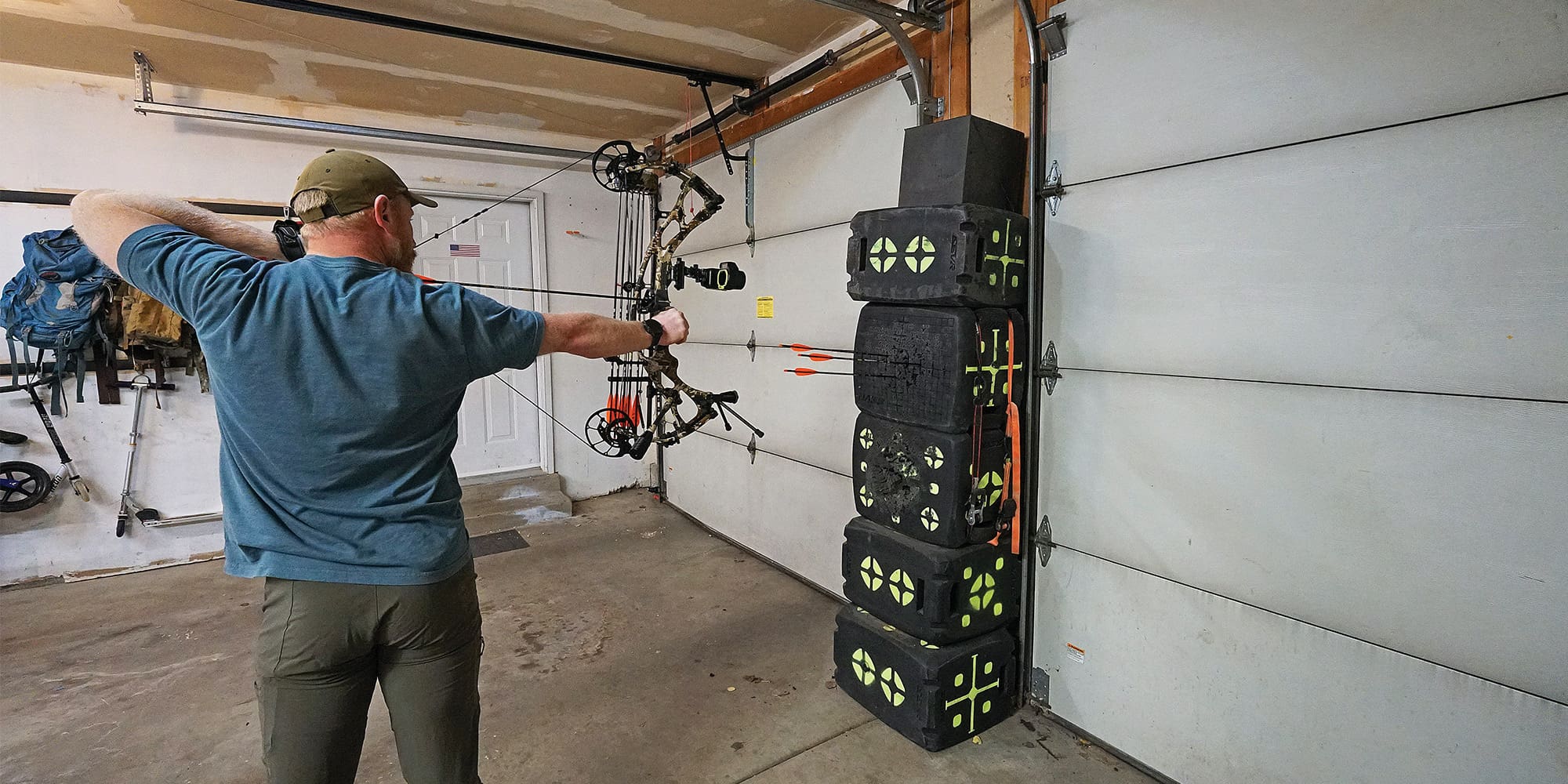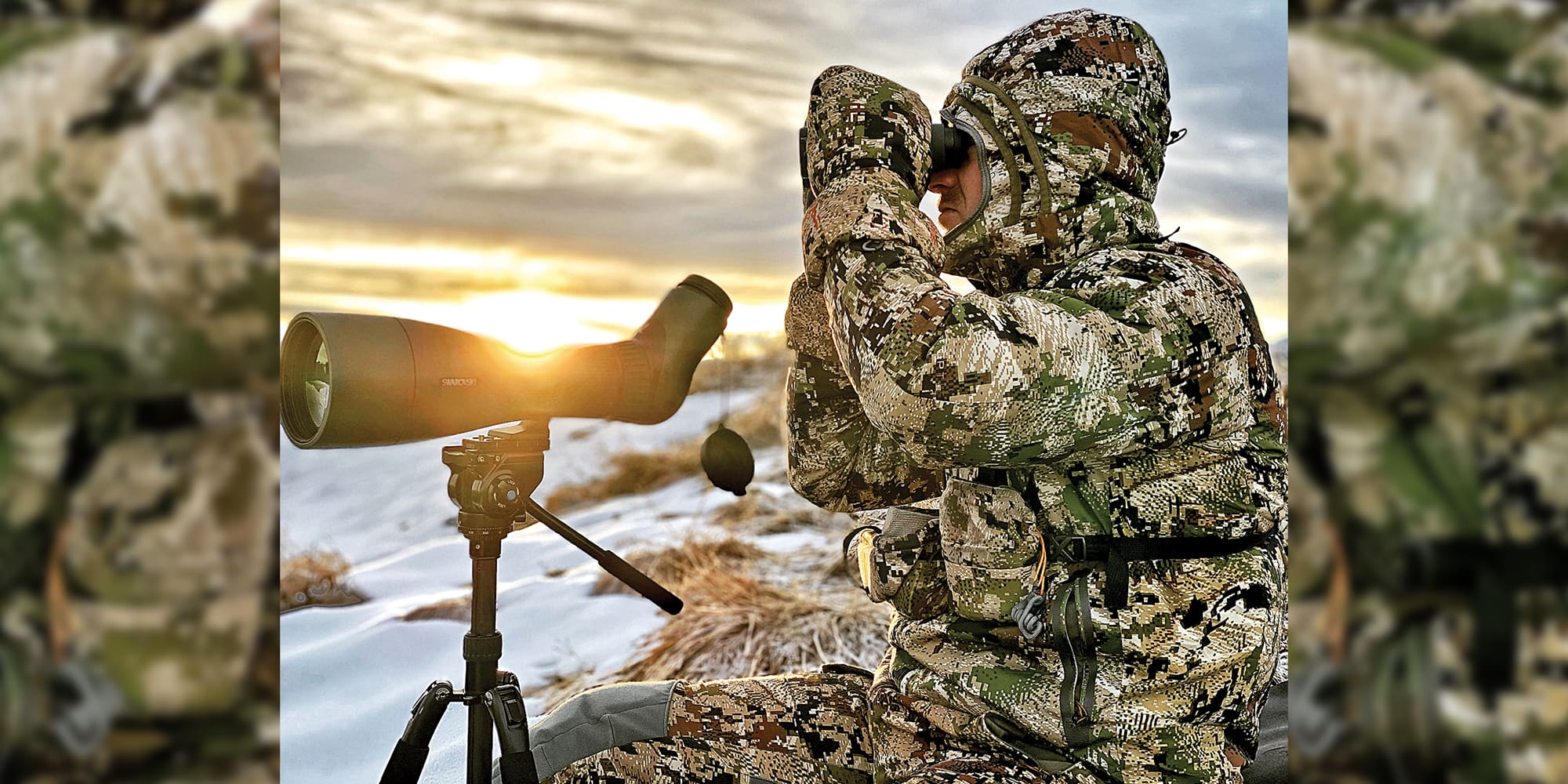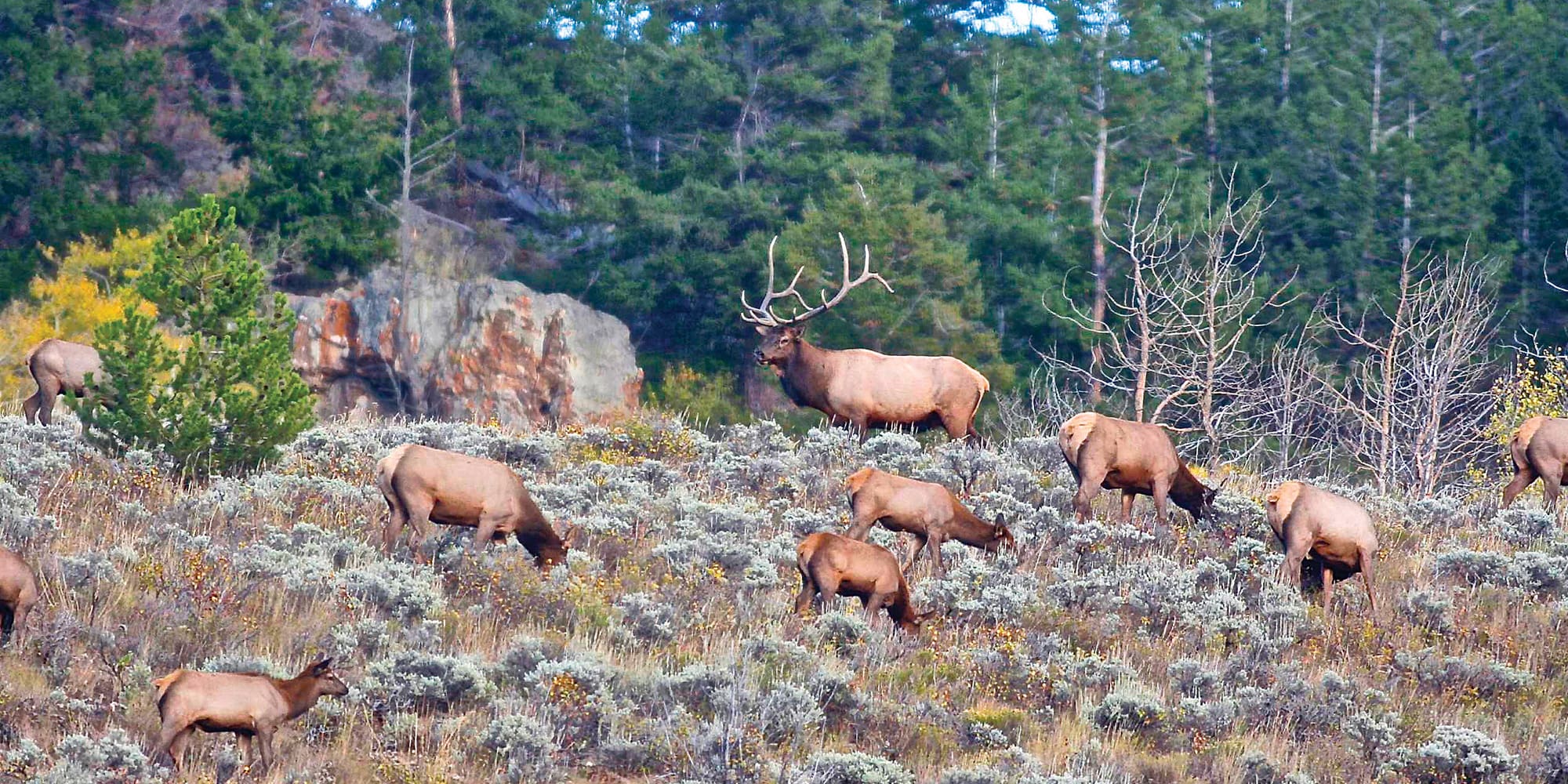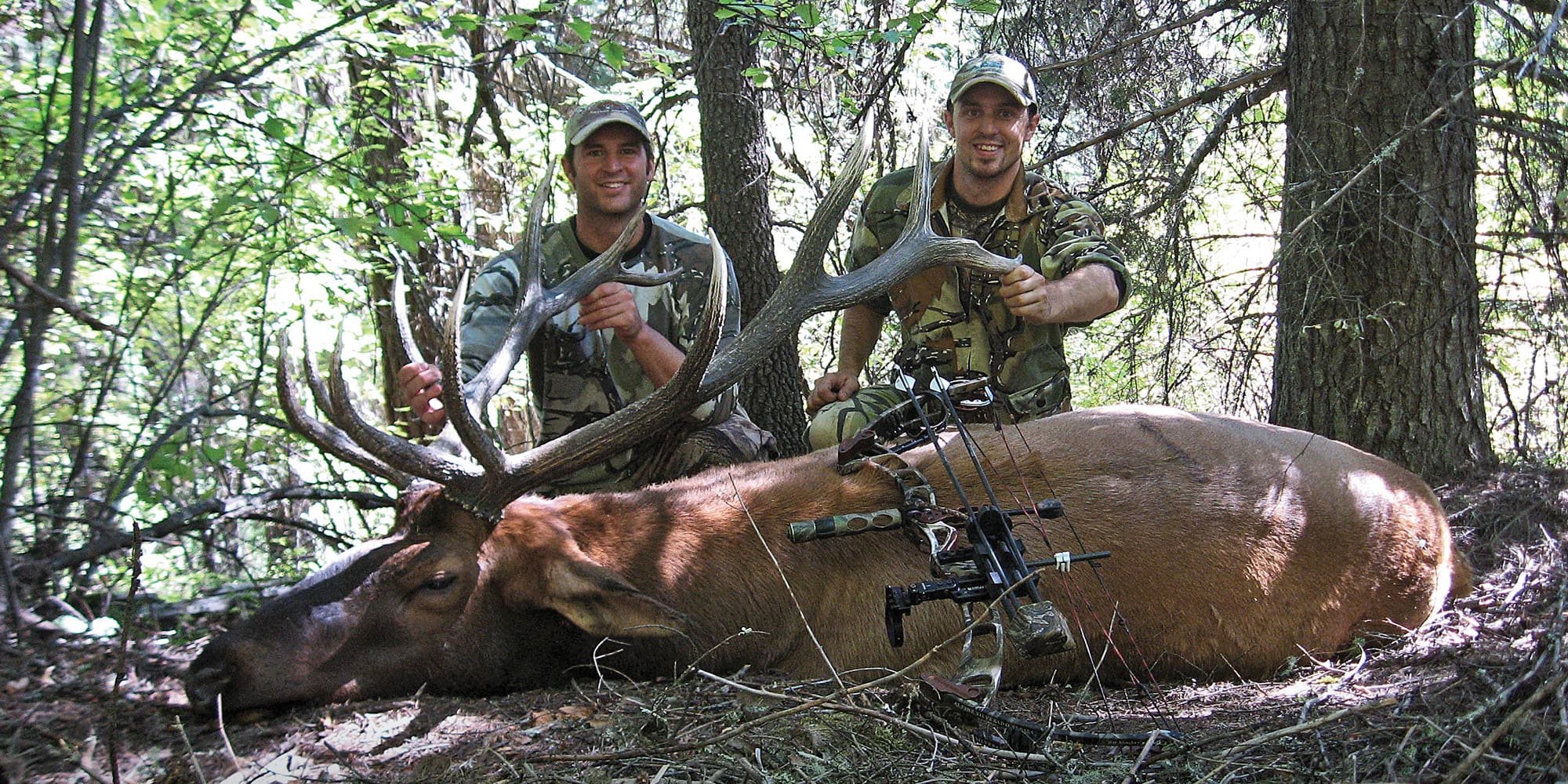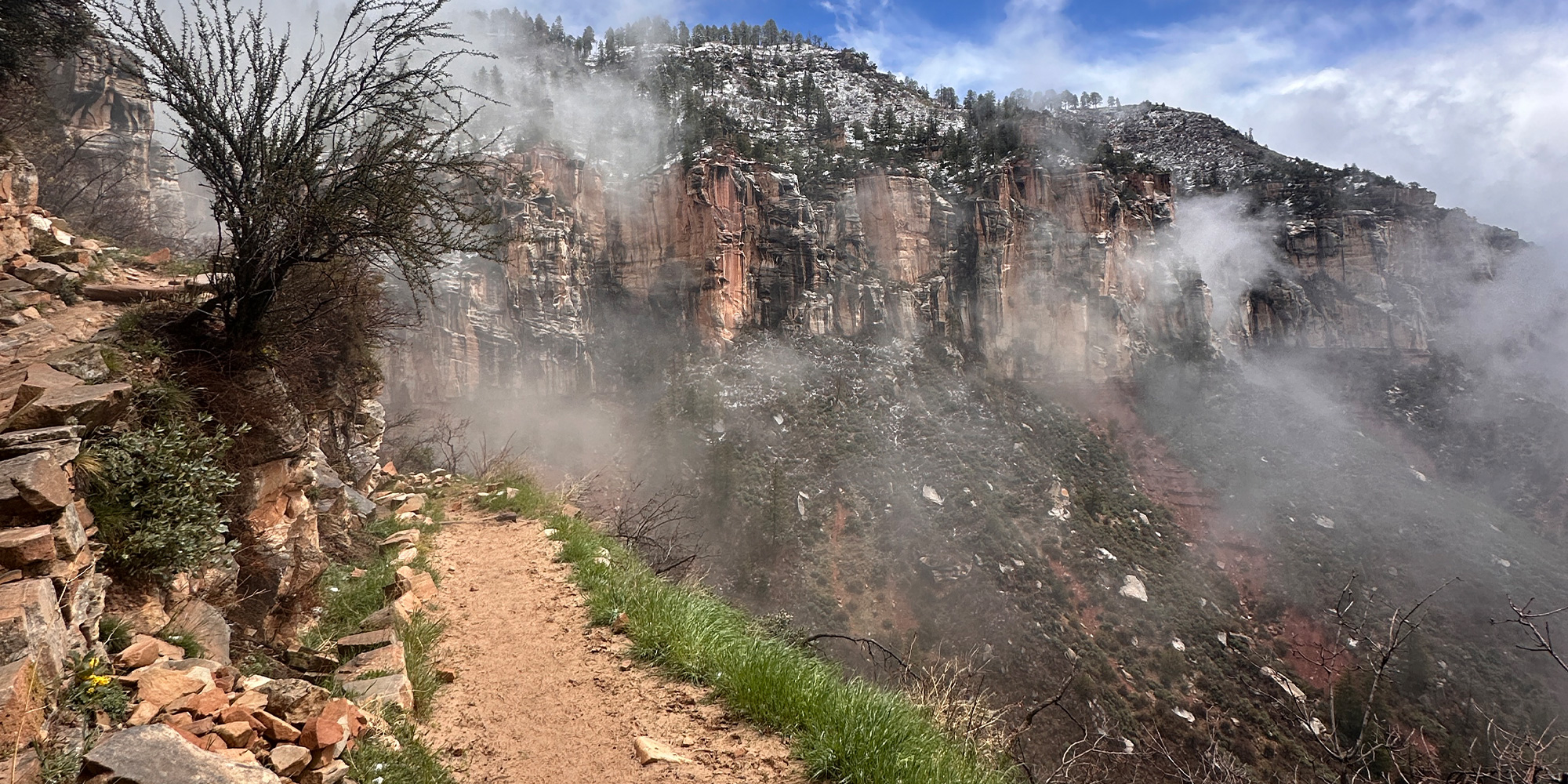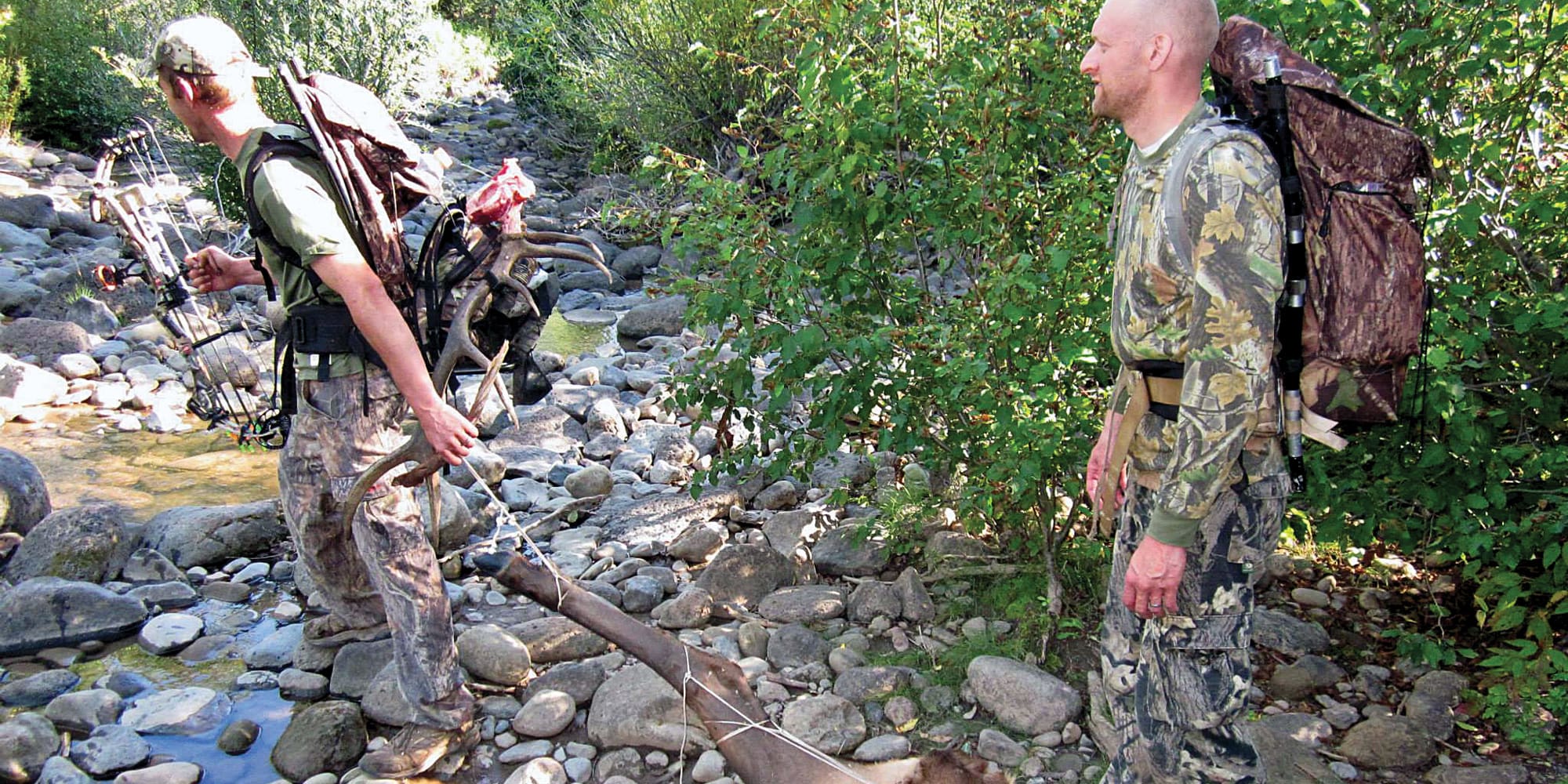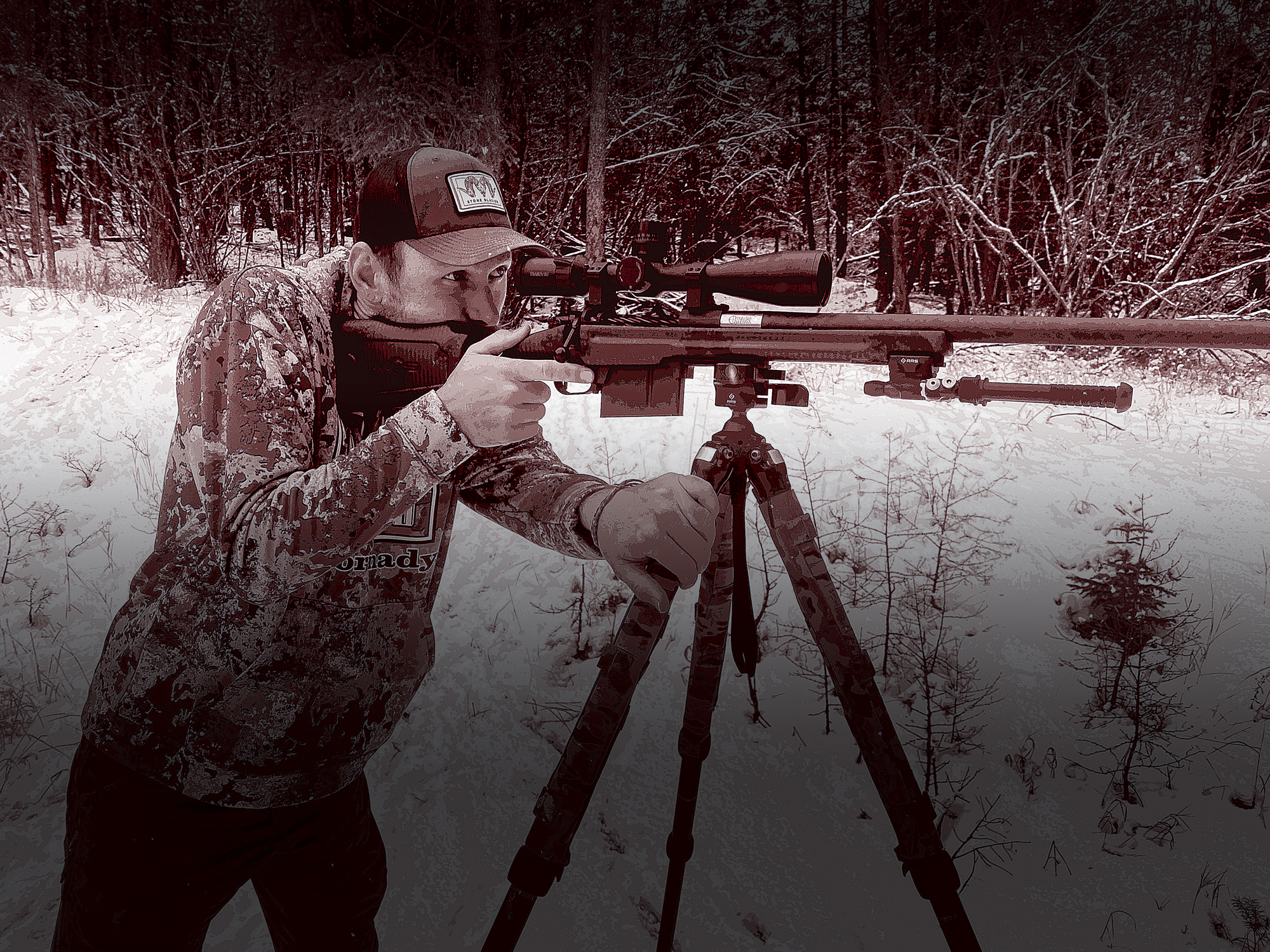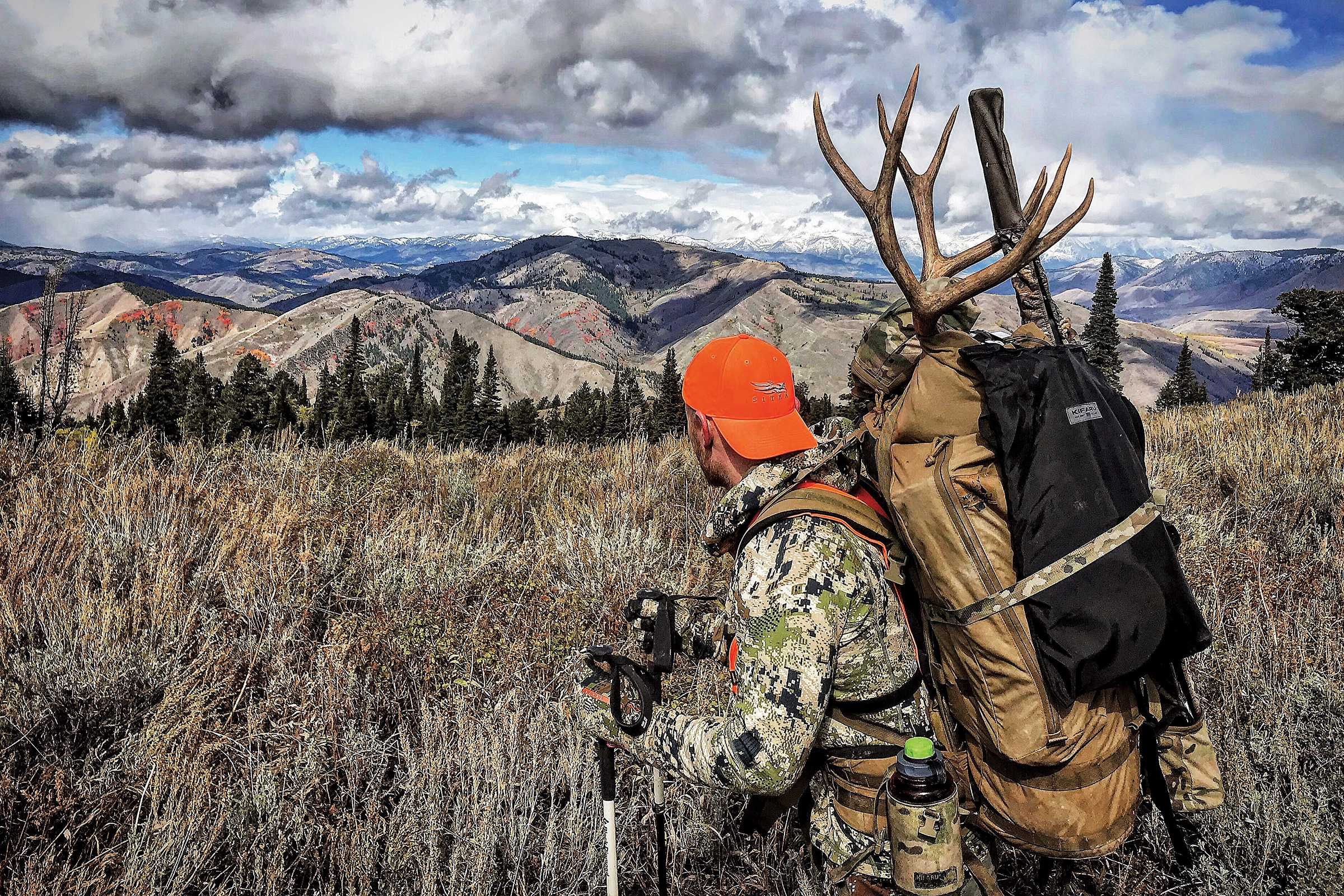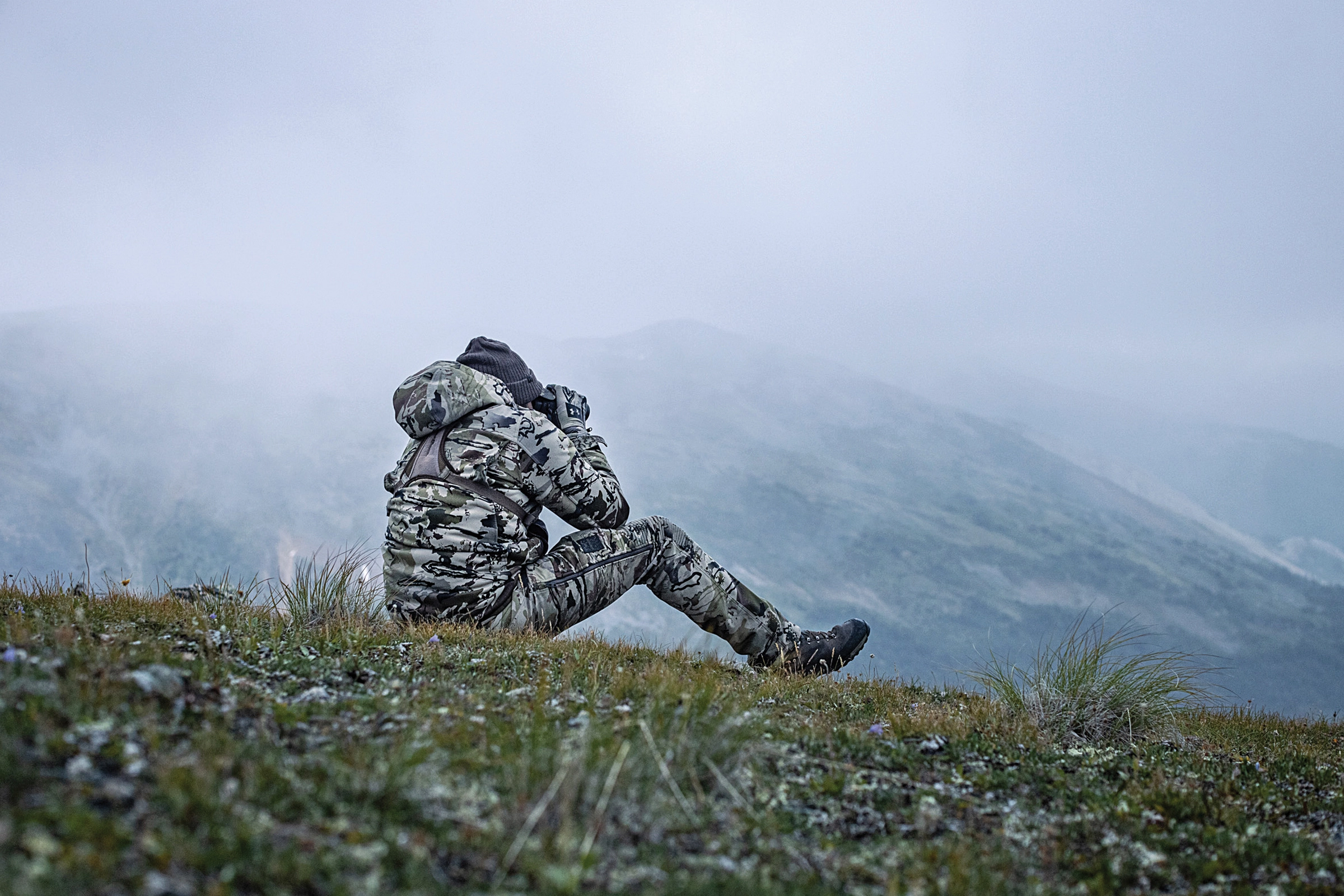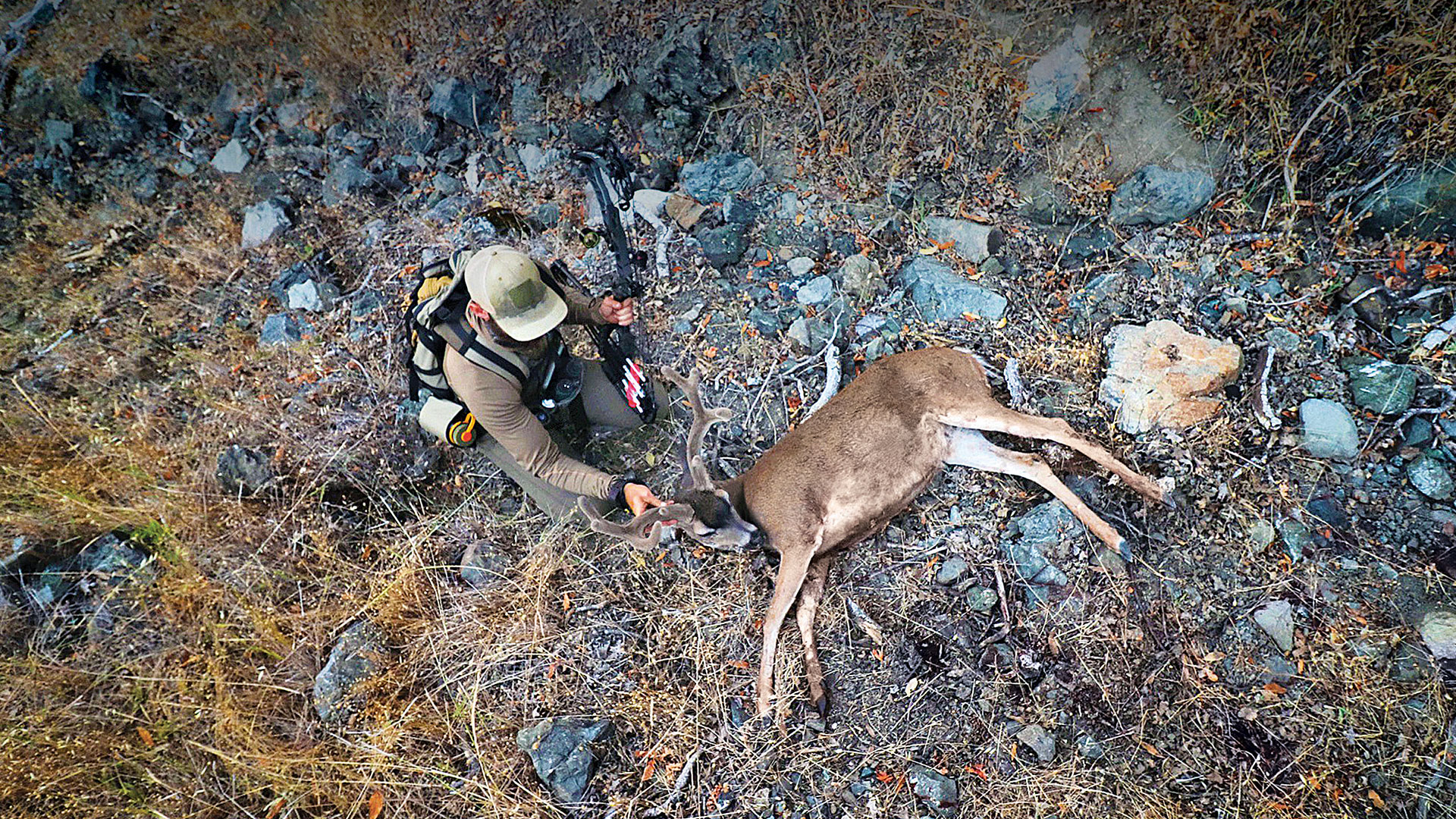
NOTICE: Certain links on this post may earn a commission for Western Hunter Magazine from Amazon or our other affiliate partners when you make a purchase. Thank you for your support.
The Under-Recognized Species in the Overlooked State
Here in the digital age, it’s easy to take a pulse on the popularity and sought-afterness of our western deer species. Mule deer are and always will be king, while Coues whitetail and Sitka blacktail have seemed to increasingly appear on western hunters’ bucket lists in recent years. Even the standard whitetail has been a trending topic, as more and more folks show interest in opportunities for them in western destinations like northern Idaho, Montana, and eastern Colorado.
Then we have the Colombian blacktail. “The what?” Okay, they’re not that low-key, but in comparison to the others, there’s no question that our west coast blacktails fly under the radar when it comes to chatter amongst deer hunting aficionados. Now I’m not here to blow up the blacktail scene as the next western hunter’s gold rush; in fact, at this juncture I should continue with the good old-fashioned ‘nothing to see here’ approach, exaggerating about how they’re no fun to hunt, live in ugly places, and don’t taste very good. However, over the past twenty seasons of gaining a deep respect for them, I feel a desire to extend some notoriety for our California blacktails and share about some of the opportunities available to anyone interested in giving them a try.
Species Profile
Columbian blacktail can be compared against mule deer using many of the same contrasts commonly used to distinguish between Coues and eastern Whitetails. Black-tailed deer are smaller in stature, with mature California bucks generally weighing between 110 and 140 lb. With their petite bodies comes a smaller set of bifurcated antlers, as evidenced by their P&Y and B&C minimum typical scores of just 95” and 135” respectively.
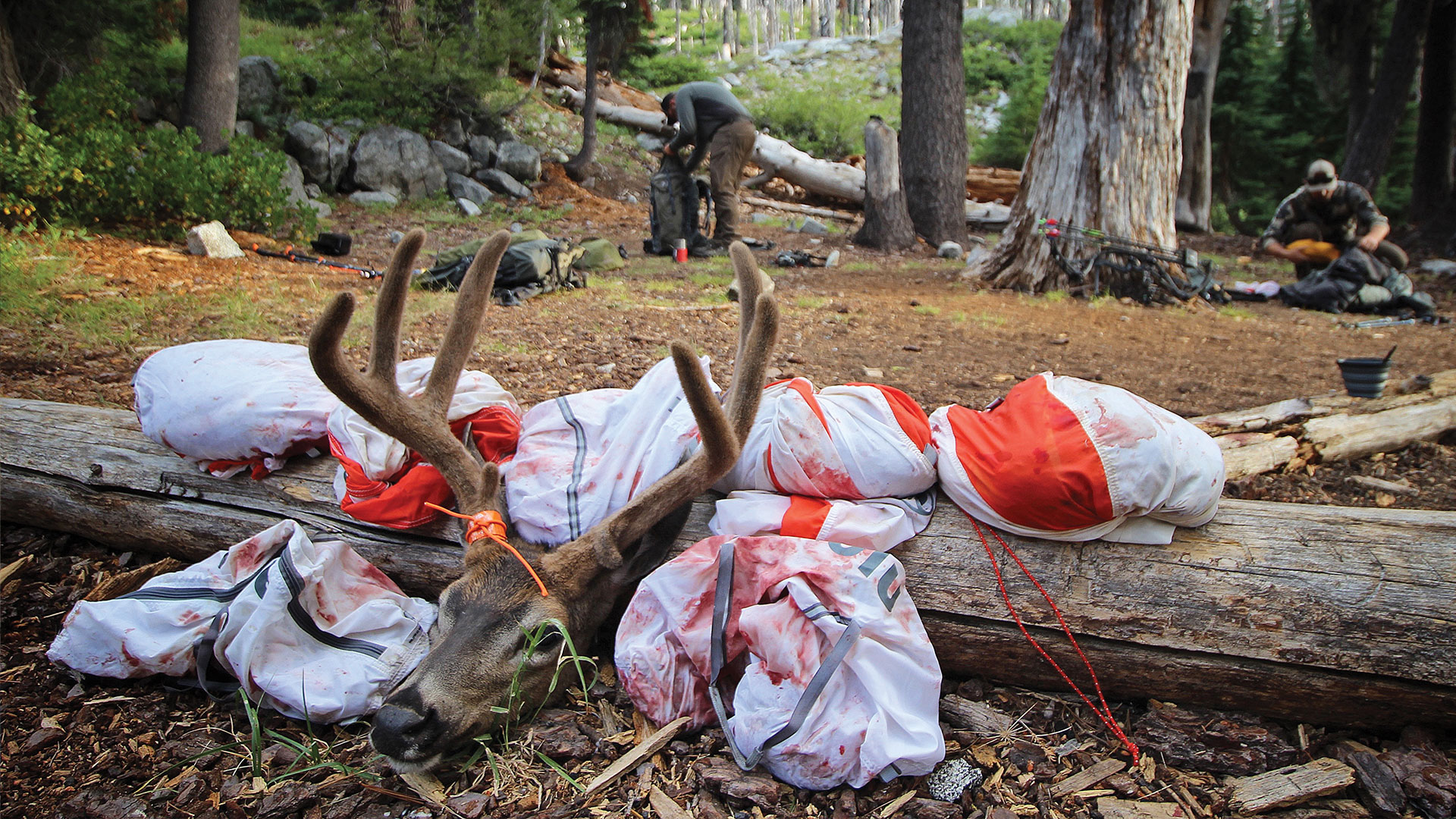
As small as 135” sounds to a muley hunter, it’s a rare and stellar mark when talking blacktails, even in the top areas in the state. Many blacktail bucks never grow points beyond a fork or 3x3 throughout their lifetime, hindering their chances of becoming a high-scoring deer; even if they are still what most would consider a trophy-class animal.
Likewise to the reputation of Coues deer, blacktail bucks, by nature, are notoriously difficult to hunt. They are cautious, wary, and extremely adept at giving the slip to even the slightest of hunter pressure. With a heavy supply of predators in California, these deer have no choice but to live on edge in order to stay alive. Unless pure luck is on one’s side, mature bucks are hard-earned, requiring high levels of patience and effort to consistently notch tags.
Opportunity
California offers a lengthy deer season timeline and a generous two tag per hunter allowance in its blacktail zones, making it an appealing yet highly under-recognized hunt opportunity for out-of-staters. If only I had a nickel for every time someone’s head spun in disbelief when I told them that we begin archery hunting for blacktails on the second Saturday in July!
As the rest of the west is just starting to ramp up their 3D shoots in preparation for their upcoming seasons, we’re already strapping fresh velvet to our packs on over-the-counter ‘A-Zone’ tags. With plenty of quality public land available, this hunt is a legitimate option for anyone looking to travel left and start their deer season unusually early.
Rifle hunters can take advantage of an early start as well, with the A-Zone general season kicking off on the second Saturday in August each year - still well before most western archery seasons even open. Bear in mind that these July/August A-Zone hunts are infamously hot, commonly seeing temperatures over 100 degrees. Prepare accordingly, and embrace it as part of the California blacktail experience. However, by mid-late September as the heat dissipates and the A-Zone rifle season nears its end, another little-known western secret begins to unfold: the rut.
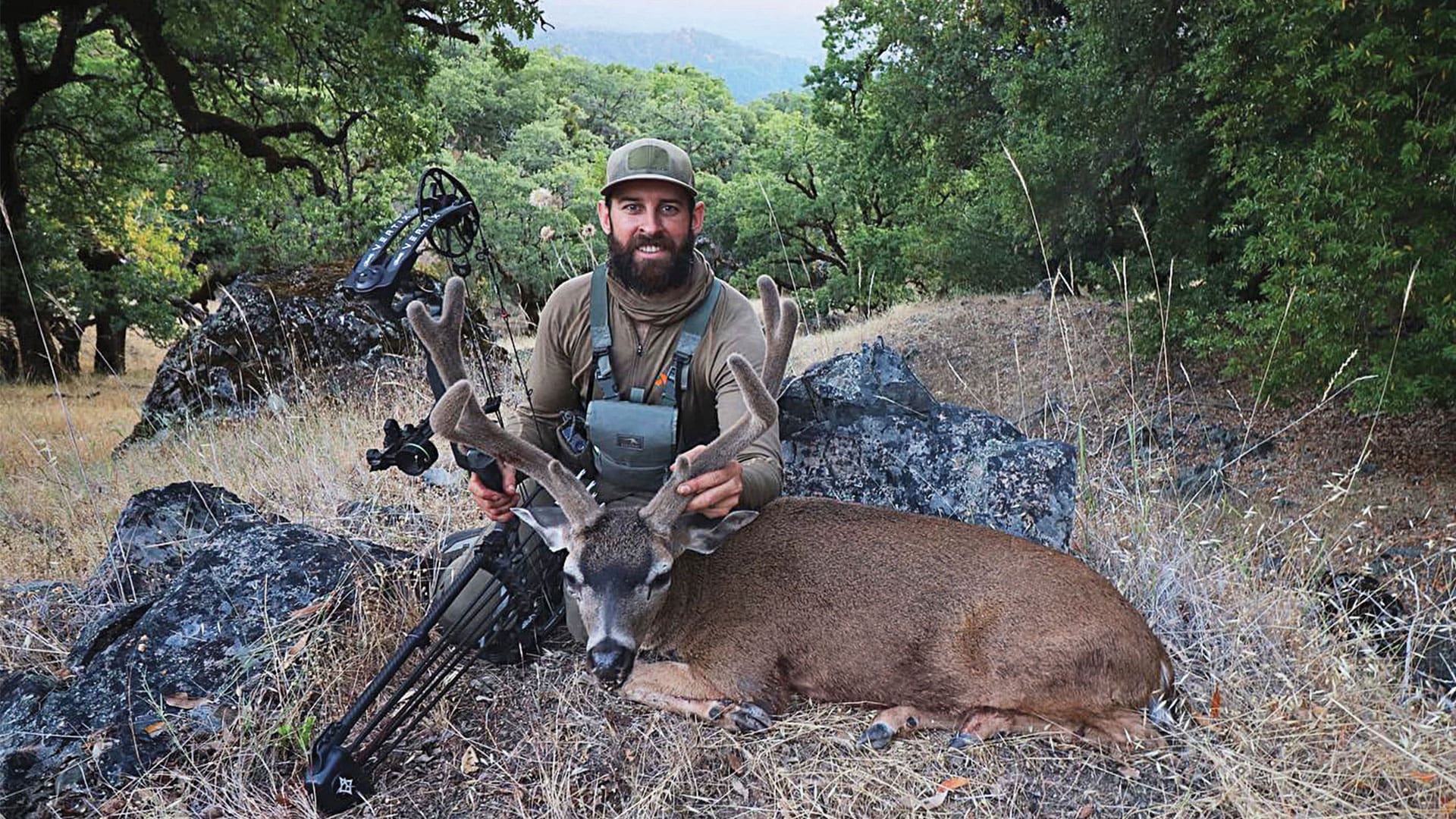
In all my years of blacktail hunting, I’ve yet to hear or come up with a reasonable explanation on why these coastal A-Zone deer rut so early compared to everywhere else. But in any case, they absolutely do, and the last week of rifle season each year sees a major uptick in quantity and quality of bucks hitting the ground unit-wide. Numerous friends I grew up with wouldn’t as much as set foot in the field until the last weekend or two, and like clockwork, they’d locate mature blacktails with their pants down and necks swelled up; bucks which would have been metaphorically non-existent in the weeks prior.
As a starting point, large expanses of public land to research in A Zone include the Los Padres and Mendocino National Forests, and the Ventana Wilderness. Additionally, there are some solid public opportunities on military bases like Fort Hunter Liggett and Camp Roberts in south Monterey County. At over five million acres, this is an enormous unit. However, only 18% of it is public land, which should help narrow down places to research using today’s powerful mapping apps and layers.
B-Zone
North of A-Zone and extending up to the Oregon border sits the B-Zone region, which offers superb blacktail hunting with a more typical season-date structure. Archery in most of the B’s opens the third Saturday in August, with rifle following on the third Saturday in September and running until the last Sunday in October. B-Zone tags are OTC with a max of two per hunter as well, although unlike A-Zone tags, B tags tend to sell out in advance of the rifle opener most years. In 2020, B tags sold out in the beginning of August prior to the archery season even opening.
This region is known for offering a quality public land experience with higher deer herd numbers and vast expanses of quality habitat located within national forest and wilderness boundaries compared to A-Zone to the south. While California’s B-Zone is likely the best Columbian blacktail hunting region on earth as it relates to genetics and quality public habitat acreage, they are still stubbornly difficult animals to pursue. As with most anywhere else in the west, the most successful individuals year in and year out are those who get off the roads and make a strong effort to locate game in lightly pressured areas.
B-Zone has excellent opportunities for backpack and horseback hunters, most popularly occurring in the Marble Mountain, Trinity Alps, Yolla Bolly, Snow Mountain, and Russian wilderness areas. These large tracts of wilderness combine to offer well over 1,000,000 acres of remote and rugged room to roam for the adventurous blacktail hunter. This isn’t even counting the huge expanses of mountainous, roaded national forest lands surrounding the wilderness areas. By no means is a deep backpack-style or horseback expedition necessary to have a good hunt.
Much of the country in B-Zone offers quality day-hunting from a truck camp as well, with more roads through public blacktail country than a guy could drive in a lifetime. Unlike in A-Zone, end of season rut activity isn’t something to be expected on an annual basis. However, many of the high-elevation B-Zone deer herds are migratory. Hunters strategically timing their hunt and field location to coincide with the first winter storm has been the demise of many big blacktail bucks as the weather pushes them to lower elevations in large numbers. With some thorough research, short-notice time off, and a little luck, even an out-of-stater can get in on this action.
Trophy Tension
The subject of blacktail hunting in California isn’t without controversy among die-hard deer hunters in the state. Most notable as a point of contention is the topic of hunt zone and record book boundaries, versus the varying opinions on where the pure blacktail range geographically ends and the genetic influence of mule deer starts. It’s unanimously accepted that deer in the northern portion of A-Zone and the entirety of B-Zone are downright true blacktails. However, things start getting convoluted as you travel east into the C and D-Zones, which encompass the foothills and western slope of the Sierra Nevada range.
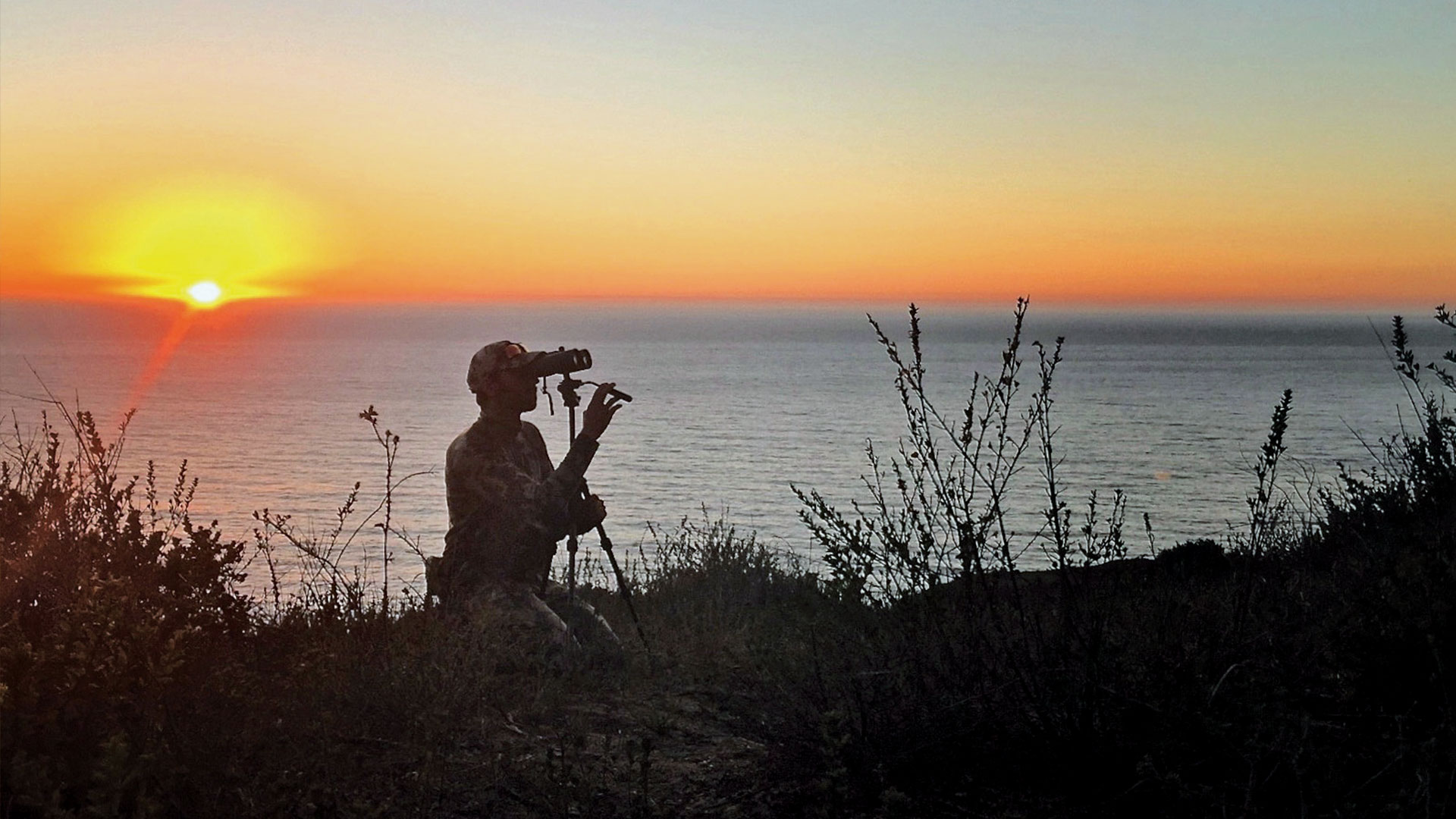
Bucks taken in these zones are not accepted by B&C or P&Y as blacktails, due to mixed genetics and traits of varying degrees with mule deer. Many hunters who spend their time hunting these areas relentlessly refer to their deer as blacktails anyway, even though they are much larger-bodied and larger-antlered, among other muley-esque visual characteristics. To call them mule deer makes them seem inferior in size compared to what the rest of the west knows as mule deer. On the other hand, to the blacktail purists, calling these east-side bucks blacktails cheapens the value of a true A or B-Zone buck living closer to the Pacific Coast within the recognized record book boundaries.
Every year without fail, big hybrids taping out way above the B&C blacktail minimum get killed high on the west slope of the Sierras and make their rounds on the internet and social media, touted as giant blacktails. While this misrepresentation is nowhere close to a triable crime, it does skew the perception of what a true trophy blacktail really is.
This situation reinforces the fact that if someone is coming to California with the intention of hunting a book-qualifying blacktail, it’s important to gain an understanding of the boundaries prior to honing in on possible hunt areas or looking into outfitters if going the guided route. While still coastal and revered as true blacktail country by most, even a couple of areas mentioned above in the A-Zone section are technically just south of the recognized range as defined by P&Y and B&C. To make it easy, everything in B-Zone is good-to-go in this regard.
Measuring Success
If you’ve read this far, chances are you’re at least somewhat interested. Perhaps you’re even ready to go online and take a closer look at some maps and hunt statistics. If so, don’t be discouraged when you see what appears to be low harvest percentages for the A and B-Zone hunts. As a matter of fact, let’s just get it out of the way right here: 2019 A-Zone - 25,947 tags issued and 25.6% success. 2019 B-Zone - 35,000 tags issued and 18.2% success. If you’re used to looking at stats for mule deer hunts throughout the west, these numbers paint a picture of a very high hunter density experiencing very low success. However, for a few key reasons, we can’t take California’s stats for face value.
First is the whole two-tags-per-hunter-situation: for everyone who purchases two tags for the same zone, if they are successful in taking just one buck, their reporting counts as just 50% success. Lots of hunters fall into this category, and without question, it deflates the published numbers. It also means that there are absolutely not 35,000 unique sportsmen taking to the field throughout the B-Zone season. In fact, every time I’ve hunted B-Zone, the hunter pressure has been considerably lighter than just about every out-of-state hunt I’ve been on.
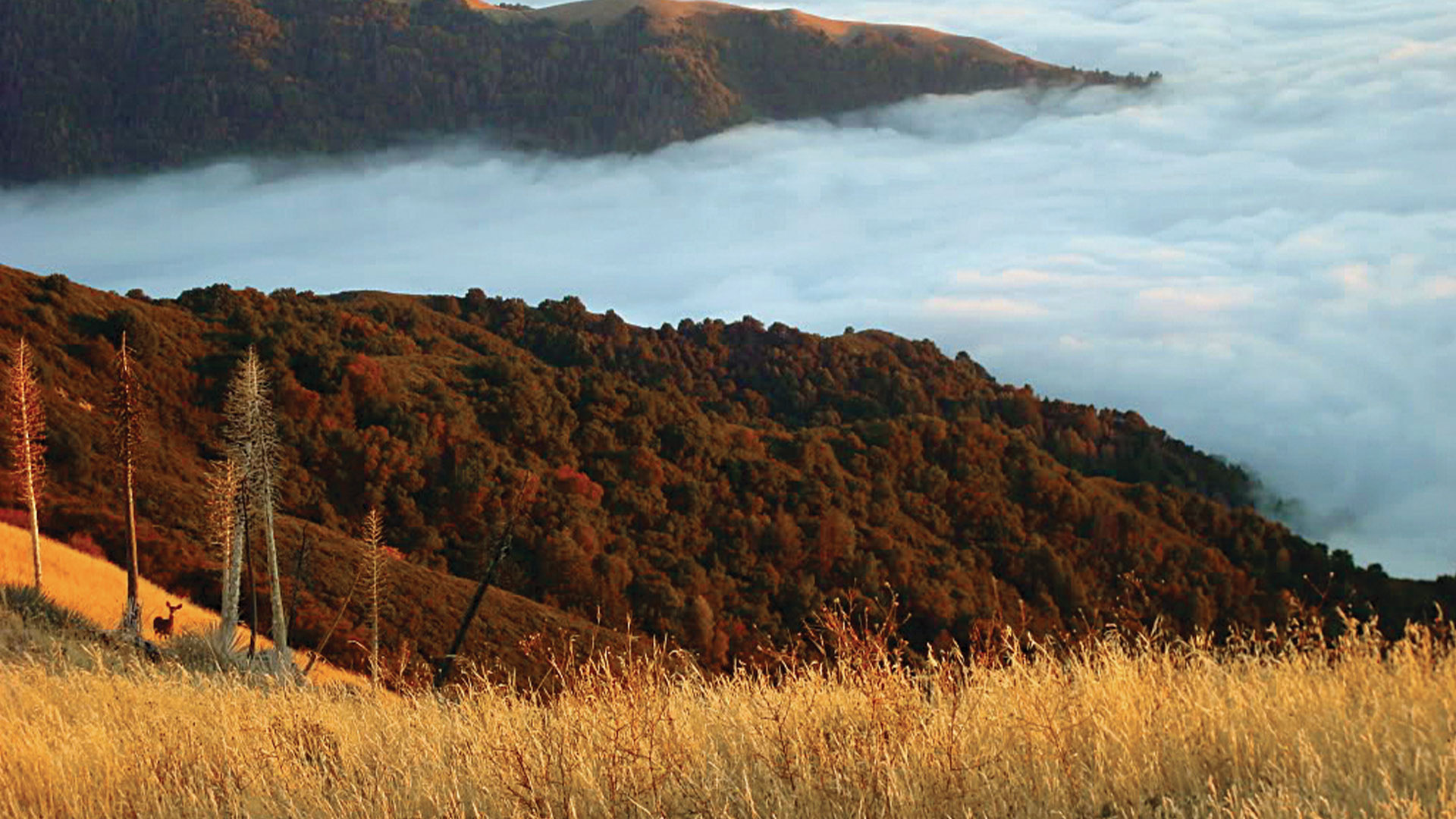
Second, roughly one in four hunters don’t report whether they were successful or not. While the state makes an attempt to adjust for this with an estimated total harvest, there’s a good chance that many who don’t report are doing so in an effort to keep the numbers low in an effort to deter future competition by newcomers. Finally, like anywhere else, there are many hunters whose seasons might consist of a low-effort ‘drive up the hill’ or two. It’s not very difficult to sway the odds in your favor by working at it a little harder than that.
In short, if you want to give these deer a try, don’t let the numbers discourage you. The recipe for success is actually rather simple: research an area, show up with some time on your hands, and give the hunt your best effort. Whether or not it ultimately results in a notched tag, chances are you’ll come away with a new-found respect for Columbian blacktail hunting in California.


